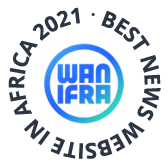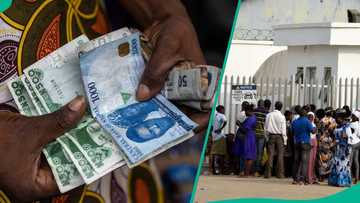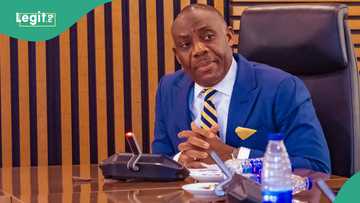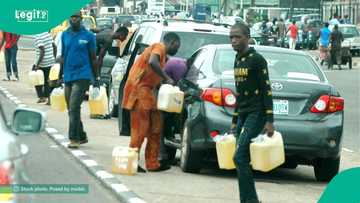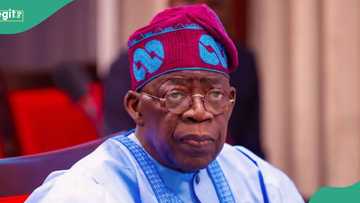NNPC, FIRS, CBN: List of 75 Federal Government Ministries and Agencies That Failed Transparency Test
- A total of 511 out of 517 federal Ministries, Departments and Agencies (MDAs) in Nigeria failed the 2025 Transparency and Integrity Index
- The Centre for Fiscal Transparency and Public Integrity (CeFTPI) disclosed that key institutions scored below the minimum benchmark
- Addressing this, analysts warned that the widespread failure undermines public trust and poses serious risks to governance and service delivery
A sweeping audit of Nigeria’s public institutions has exposed a troubling deficit in transparency across top institutions in the country.
According to the 2025 Transparency and Integrity Index released by the Centre for Fiscal Transparency and Public Integrity (CeFTPI), only six out of 517 Ministries, Departments and Agencies (MDAs) met the minimum benchmark for integrity.
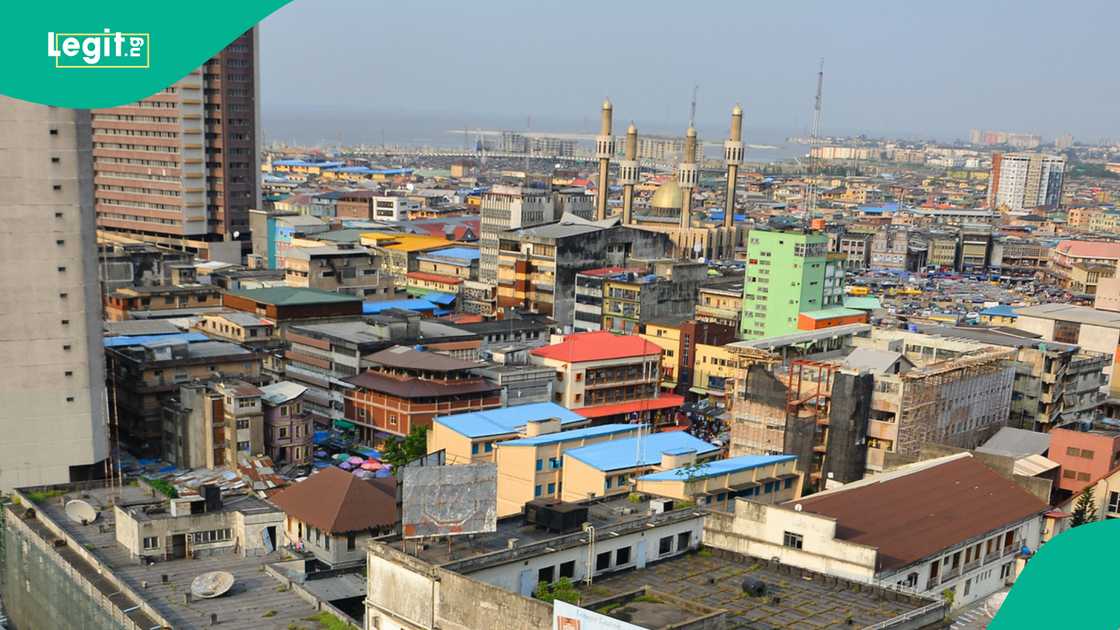
Source: Getty Images
The remaining 511 were categorised in the red zone, signalling systemic failure in accountability and openness.
The report, unveiled in Abuja, painted a stark picture of governance standards in Nigeria. Yakubu, speaking on behalf of CeFTPI, confirmed that the National Oil Spill Detection and Response Agency (NOSDRA) topped the index for the second year running, followed closely by the Nigerian Investment Promotion Commission (NIPC) and the Independent Corrupt Practices and Other Related Offences Commission (ICPC).
Three other institutions hovered in the yellow zone with borderline scores: the Development Bank of Nigeria, the Tertiary Education Trust Fund, and the Bank of Industry.
However, the overwhelming majority of MDAs failed to meet transparency standards.
Yakubu warned:
“The rest of the 511 MDAs all fall in the red category, which means they failed the integrity test.”
Analysts have raised alarms over the implications for public trust, especially in sectors that manage national revenue, security, infrastructure, and social welfare.
NNPC, FIRS, CBN, others fail transparency test
1. Federal Inland Revenue Service (FIRS)
2. Debt Management Office (DMO)
3. Nigeria Sovereign Investment Authority (NSIA)
4. Office of the Accountant-General of the Federation
5. Securities and Exchange Commission (SEC)
6. National Bureau of Statistics (NBS)
7. Revenue Mobilisation Allocation and Fiscal Commission (RMAFC)
8. Central Bank of Nigeria (CBN)
9. Nigerian National Petroleum Company Limited (NNPC Ltd)
10. Ministry of Petroleum Resources
11. Nigerian Upstream Petroleum Regulatory Commission (NUPRC)
12. Nigerian Midstream and Downstream Petroleum Regulatory Authority (NMDPRA)
13. Petroleum Technology Development Fund (PTDF)
14. Nigerian Electricity Regulatory Commission (NERC)
15. Transmission Company of Nigeria (TCN)
16. Rural Electrification Agency (REA)
17. Federal Ministry of Transportation
18. Nigerian Ports Authority (NPA)
19. Nigerian Maritime Administration and Safety Agency (NIMASA)
20. Nigerian Shippers Council
21. Federal Airports Authority of Nigeria (FAAN)
22. Nigerian Civil Aviation Authority (NCAA)
23. Nigerian Railway Corporation (NRC)
24. Federal Ministry of Works and Housing
25. Federal Roads Maintenance Agency (FERMA)
26. Ministry of Defence
27. Nigeria Police Force
28. Nigerian Army
29. Nigerian Navy
30. Nigerian Air Force
31. Department of State Services (DSS)
32. Nigeria Security and Civil Defence Corps (NSCDC)
33. National Drug Law Enforcement Agency (NDLEA)
34. Economic and Financial Crimes Commission (EFCC)
35. Code of Conduct Bureau (CCB)
36. Bureau of Public Procurement (BPP)
37. Public Complaints Commission (PCC)
38. Federal Ministry of Justice
39. Supreme Court of Nigeria
40. Court of Appeal
41. National Judicial Council (NJC)
42. Federal Judicial Service Commission
43. Independent National Electoral Commission (INEC)
44. National Assembly Service Commission
45. Federal Ministry of Health
46. National Primary Health Care Development Agency (NPHCDA)
47. National Health Insurance Scheme (NHIS)
48. National Agency for Food and Drug Administration and Control (NAFDAC)
49. Nigeria Centre for Disease Control (NCDC)
50. Federal Medical Centres and Teaching Hospitals
51. Federal Ministry of Education
52. National Universities Commission (NUC)
53. Universal Basic Education Commission (UBEC)
54. National Board for Technical Education (NBTE)
55. Joint Admissions and Matriculation Board (JAMB)
56. West African Examinations Council (WAEC – Nigeria)
57. National Examinations Council (NECO)
58. Federal Ministry of Agriculture and Rural Development
59. National Agricultural Extension and Research Liaison Services (NAERLS)
60. National Agricultural Seed Council (NASC)
61. Nigeria Agricultural Quarantine Service (NAQS)
62. Nigeria Agricultural Insurance Corporation (NAIC)
63. Bank of Agriculture
64. National Environmental Standards and Regulations Enforcement Agency (NESREA)
65. Nigerian Communications Commission (NCC)
66. National Information Technology Development Agency (NITDA)
67. Galaxy Backbone
68. Nigerian Television Authority (NTA)
69. News Agency of Nigeria (NAN)
70. National Broadcasting Commission (NBC)
71. National Pension Commission (PENCOM)
72. Pension Transitional Arrangement Directorate (PTAD)
73. Small and Medium Enterprise Development Agency of Nigeria (SMEDAN)
74. Federal Mortgage Bank of Nigeria
75. Family Homes Fund Ltd
Transparency failure in Nigeria’s MDAs: What it means
The breadth of failure across sectors, from finance and defence to health, education, and agriculture, has raised serious concerns about governance in Nigeria.
Analysts argue that when institutions responsible for managing public funds, delivering essential services, and safeguarding national security cannot meet basic transparency standards, the ripple effects are felt across the economy and society.
With 511 MDAs in the red zone, the 2025 index has become a wake-up call for reform. The challenge now lies in translating these findings into actionable accountability measures.
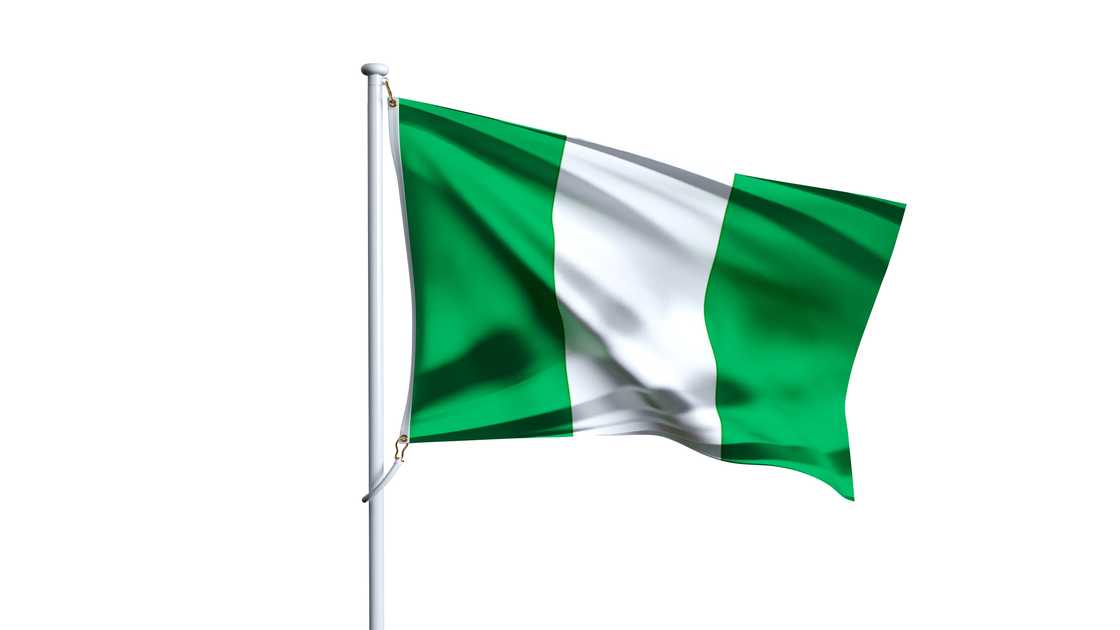
Source: Getty Images
Nigeria has second-highest number of poor people
Legit.ng earlier reported that at The Platform Nigeria’s Independence Day event themed ‘Rebuilding Our Nation’, Yemi Kale, former statistician-general of the National Bureau of Statistics (NBS), delivered a sobering assessment of Nigeria’s poverty landscape.
He disclosed that approximately 89 million citizens, equating to 40% of the population, currently live below the poverty line.
Kale, who now serves as group chief economist and managing director of research and trade intelligence at Afreximbank, stated that Nigeria ranks second globally in terms of the number of poor people, trailing only India.
Proofreading by James Ojo, copy editor at Legit.ng.
Source: Legit.ng

